PTSD is common and debilitating—learn and share the methods to recovery
“…I slide my feet out of the side of the bed. I am shaking. The sheets are wet, and my sweat is cold. I feel as if somebody just beat me with a cane. My mind is searching for something normal… My wife Christine’s hand slowly comes up my back. ‘Are you okay?’ I don’t know what to say to her…I am sitting in bed soaking wet, crying, wondering what is wrong with me and will it EVER stop.” -Robert Senn, one firefighter's story in Fire Engineering
Robert suffers from Post-Traumatic Stress Disorder (PTSD) and has nightmares frequently. He’s a firefighter who survived the collapse of the Twin Towers on 9/11, and struggles focusing on reality when his mind frequently wanders to the traumatic events he witnessed while trying to save lives. He is certainly not alone.
The International Association of Firefighters predicts that 1 out of every 5 firefighters will experience PTSD at some point in their career. “At your next shift meeting, look around and consider that 1 in 5 of you will be affected,” said Richard Stack, a full-time firefighter for over 20 years and a registered paramedic for over 26.
Stack believes that every first responder has some form of PTSD—“How can we not, with what we see on a daily basis?” You may have some flashbacks of specific experiences coming to mind, but be careful not to let the memory of these affect your overall health and lifestyle. Carl Waggett, a firefighter who wanted to be the “guy with the best stories,” warns that “…the stories you have are a powerful thing. If not handled correctly, they will steal your livelihood right out from under you.”
It’s important to make PTSD a topic of high focus among your crew. Regularly spread awareness of what may cause it, the symptoms and the resources needed in order to seek help.
Risk factors
Dr. Matthew Tull, an associate professor and published director of anxiety disorders research, claims that additional factors exist in the world of emergency rescue that could increase the chance of PTSD. These include:
- Becoming a firefighter at a young age
- Holding a supervisory position in the department
- Proximity to death during a traumatic event
- Having underlying mental health issues
- Being unmarried
Watch for specific symptoms
Richard Stack shared in Firehouse magazine that he had experienced many of the symptoms reflective of PTSD:
- Flashbacks of previous traumatic accidents
- Severe tremors
- Reoccurring nightmares and difficulty sleeping
- Hypervigilance
- Feelings of isolation
- Inability to recall key aspects of incidents
- Suicidal attempts
- Aggressive mood and displaced anger
Nightmares are one of the most common symptoms of PTSD. Scott Geiselhart, a firefighter in Frazee, Minnesota came to a point in which he couldn’t handle the recurring nightmares anymore. “I just decided I was never going to sleep again.” This is when he resorted to taking meth to stay awake at night, before realizing he needed to ask for help.
Unfortunately, it’s not just the firefighters themselves that are affected. Families also face negative side effects when their loved ones cannot separate their work life from their home life. The story of a firefighter’s spouse is revealed through Paula Reed: “I don’t always know what will trigger him. He doesn’t always know what will trigger him. On calmer days, we talk about it. I ask what I should do during the bad times, but he doesn’t know either.” Paula then sought outside help, which is often the hardest, but most important part to coping with PTSD.
Seeking help is the strongest thing you can do
Don’t avoid seeking help. Richard Stack challenges firefighters who may not take the issue seriously to start a path to recovery: “I can honestly say that in the past, every patient I have ever had contact with, good or bad, took a piece of me, leaving me with just a shell of who I was. Learning how to restructure my thinking has led me on the path to recovery…start the path rather than struggling one more minute.”
There are many people who are suffering from PTSD who are willing to lend you a hand, or may need help from you. Recovering from PTSD includes constructing a support group, restructuring your thinking and comprehension of traumatic events and building mental resilience.

Brittany Wolf, Marketing
Brittany attends Penn State Harrisburg in pursuit of her Communications degree. When she isn’t studying, traveling or playing volleyball, she is spending time outside with her two dogs or planning her wedding.
DISCLAIMER
The information contained in this blog post is intended for educational purposes only and is not intended to replace expert advice in connection with the topics presented. Glatfelter specifically disclaims any liability for any act or omission by any person or entity in connection with the preparation, use or implementation of plans, principles, concepts or information contained in this publication.
Glatfelter does not make any representation or warranty, expressed or implied, with respect to the results obtained by the use, adherence or implementation of the material contained in this publication. The implementation of the plans, principles, concepts or materials contained in this publication is not a guarantee that you will achieve a certain desired result. It is strongly recommended that you consult with a professional advisor, architect or other expert prior to the implementation of plans, principles, concepts or materials contained in this publication.
This blog post may contain the content of third parties and links to third party websites. Third party content and websites are owned and operated by an independent party over which Glatfelter has no control. Glatfelter makes no representation, warranty, or guarantee as to the accuracy, completeness, timeliness or reliability of any third party content. References to third party services, processes, products, or other information does not constitute or imply any endorsement, sponsorship or recommendation by Glatfelter, unless expressly stated otherwise.
Related posts
We asked 10 members of our VFIS Team to name one auto-related risk that they believe is underdiscussed in fire and EMS agencies. Here’s what they said.
Most volunteer fire departments rely heavily on POVs, but there are inherent risks you should know.
Establish a Emergency Vehicle Operations Program that includes driver/operator requirements to help ensure your vehicles are in the right hands.
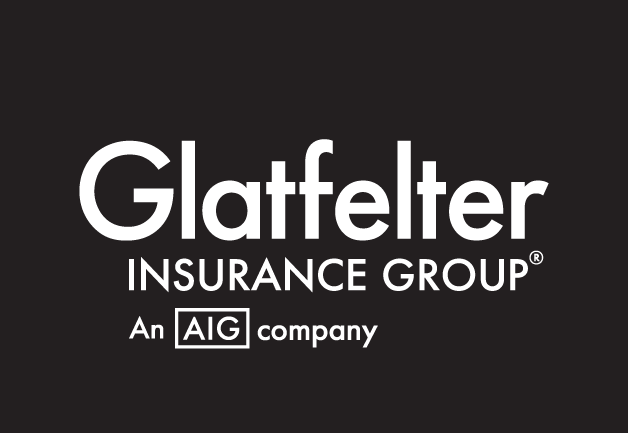

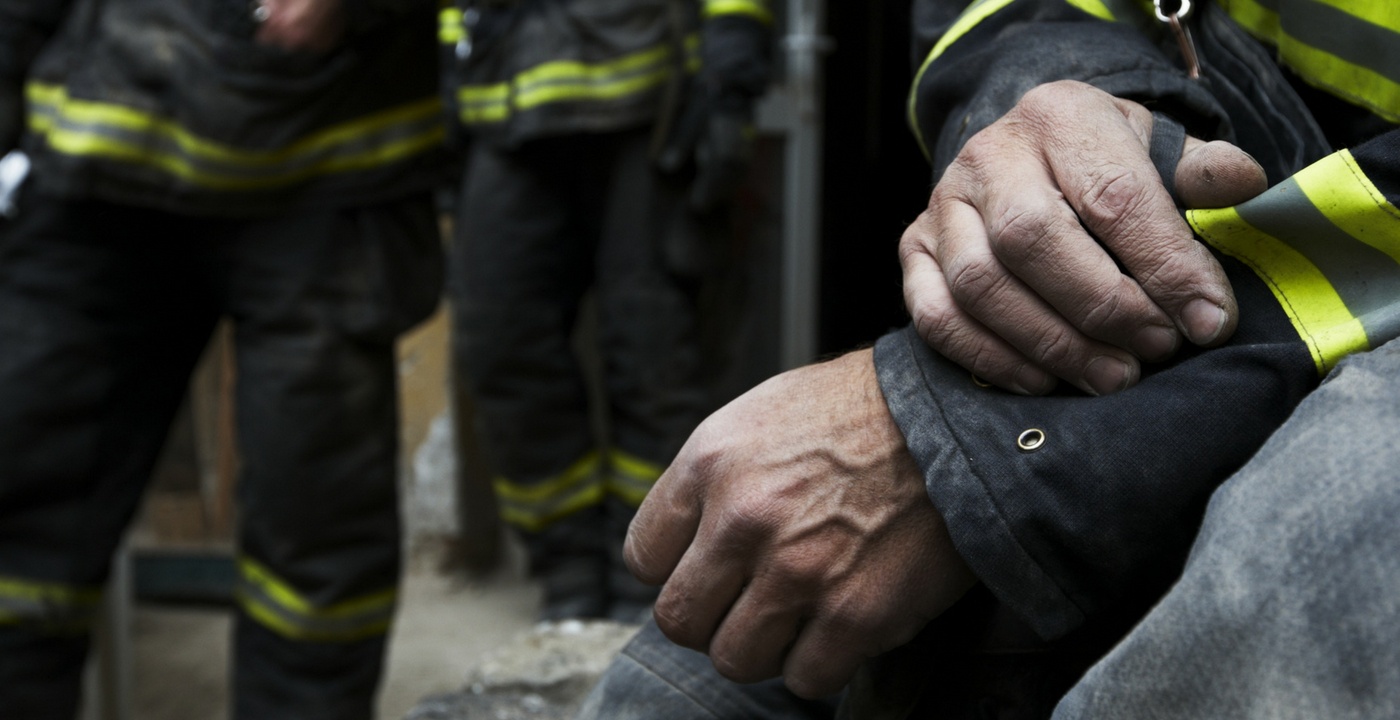
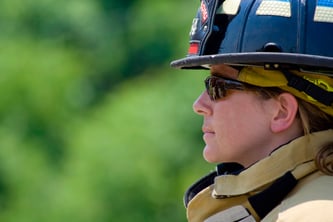
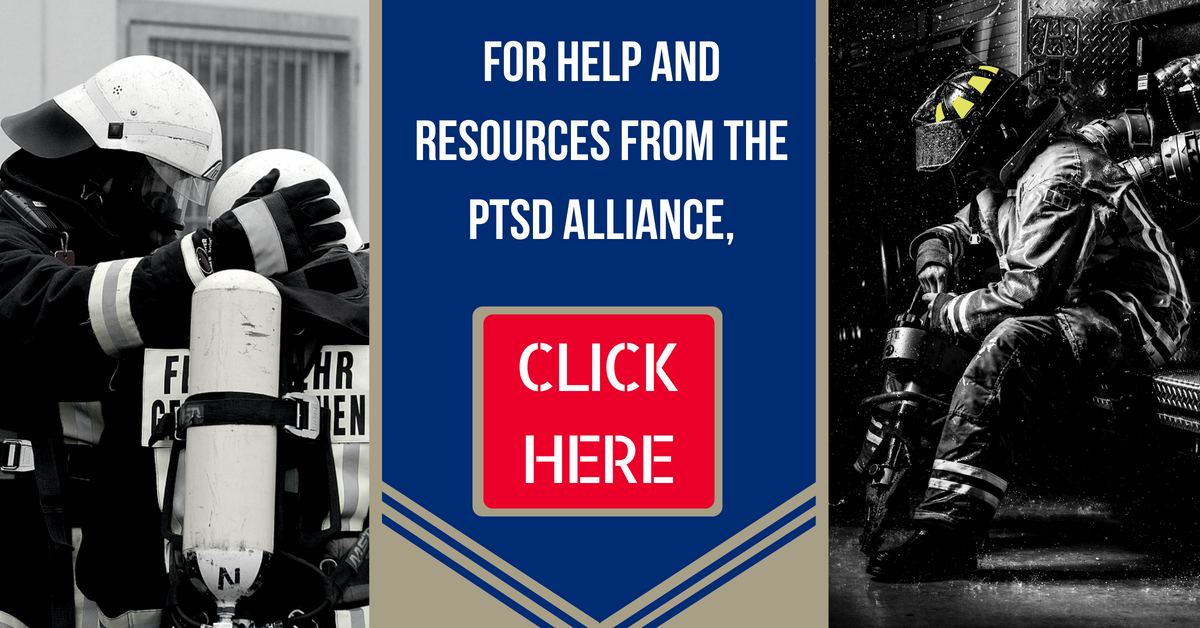


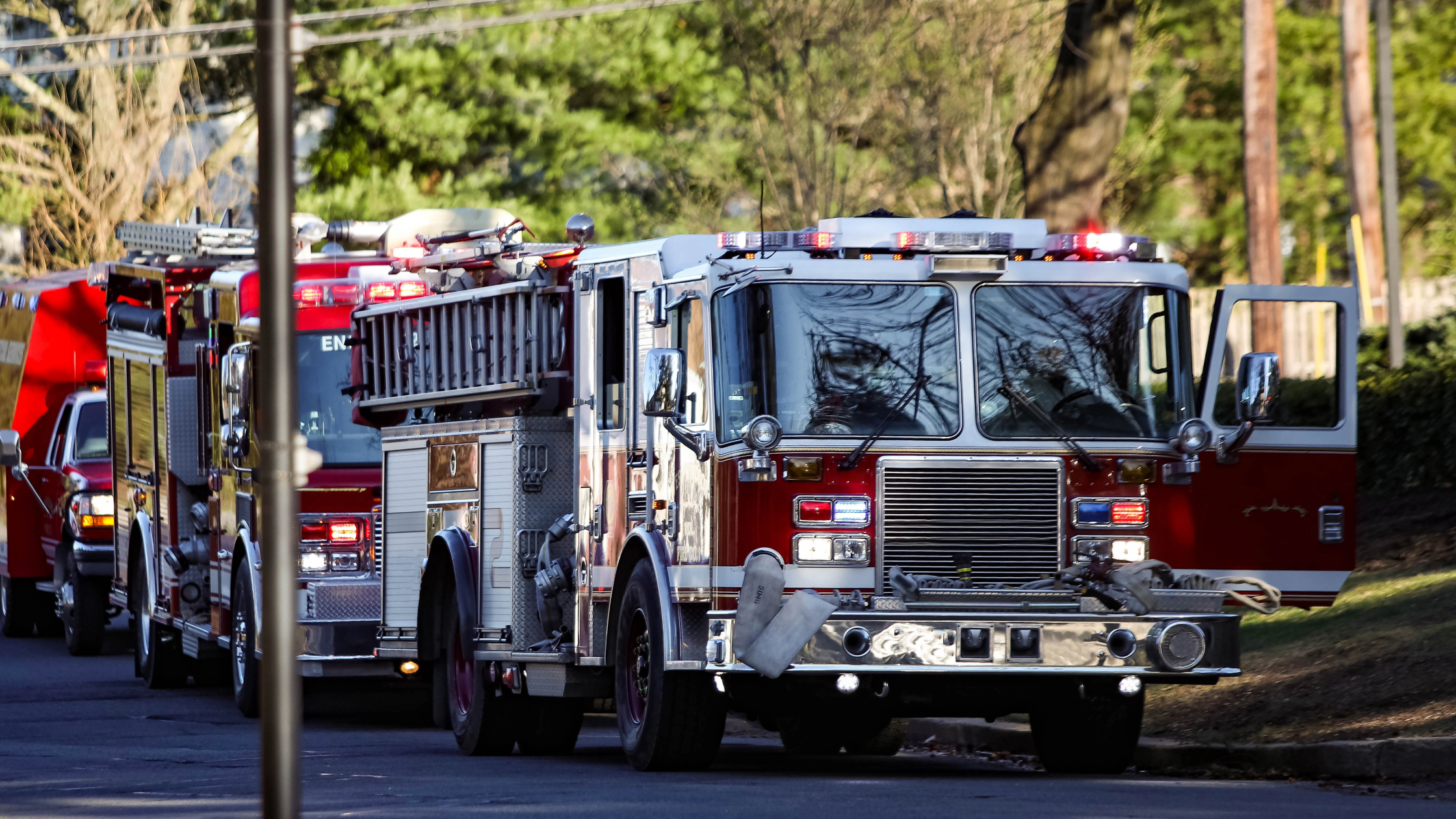

Submit a Comment